| Product Image | Item Name- | |
|---|---|---|
 | MDF Pocket Illuminator FlashlightMDF Pocket Illuminator Flashlight A new generation of lightweight and exceptionably bright ILLUMINATOR Light System design for use in all clinical... | |
 | Patient GownPatient Gown provide patients with comfort, hygiene and modesty. Offer ample length coverage with convenient access for exam procedures. Made from 55... | |
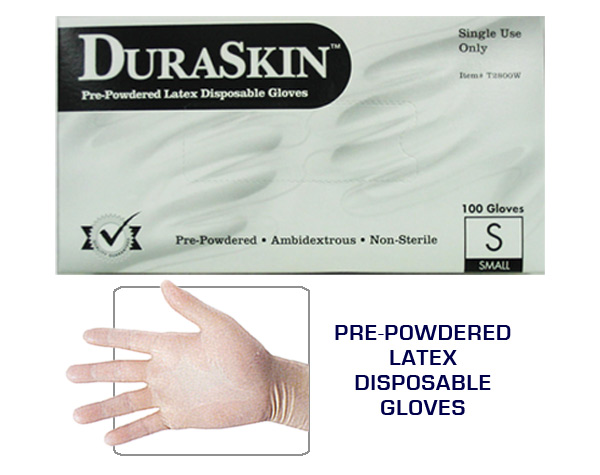 | DuraSkin Pre-Powdered Latex Disposable GlovesLiberty Glove 2800W Medium Disposable Latex Gloves Lightly Powdered (10 Boxes of 100 Gloves per Box) Pre-Powdered, Ambidextrous, Non-Sterile DuraSkin... | |
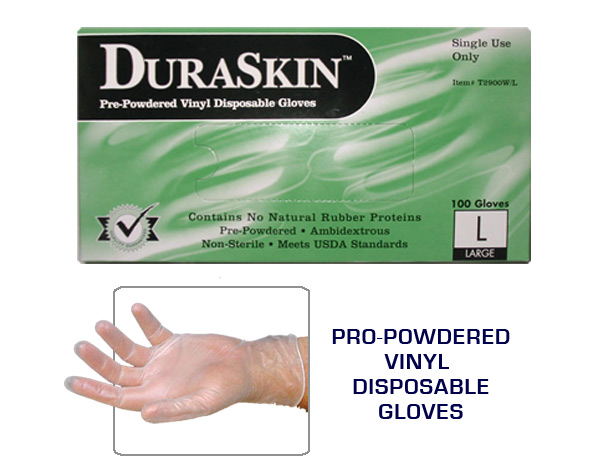 | DuraSkin Pre-Powdered Vinyl Disposable GlovesLiberty Glove 2900W Large Industrial Grade Vinyl Examination Gloves (10 Boxes of 100 Gloves per Box) Contains No Natural Rubber Proteins,... | |
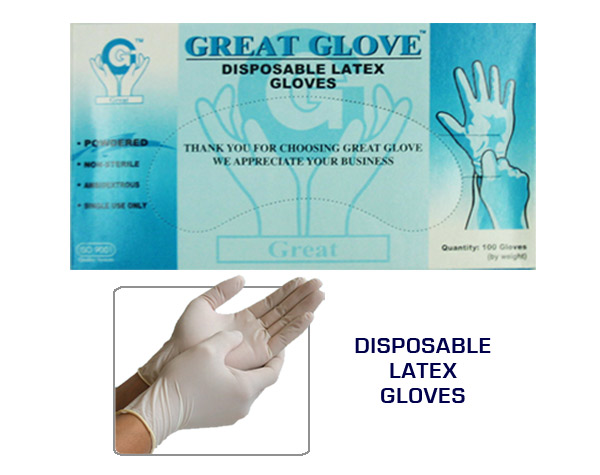 | Great Glove Disposable Latex GlovesDisposable Powdered Latex Gloves, 5 mil thickness, Ambidextrous, Non - sterile, Single Use Only (100 gloves by weight) $ 3.99 / box of 100 | |
 | Latex Gloves - Not For Medical UseLatex Gloves, Not For Medical Use, Single Use, Ambidextrous, Non-Sterile, 100 Pcs $ 3.99 / box of 100 | |
 | Tuff Grip Powdered Disposable Latex GlovesDisposable Powdered Latex Gloves, 5 mil thickness, Ambidextrous, Non - sterile, Single Use, Smooth (100 gloves by weight) - 10 boxes per case. Latex... | |
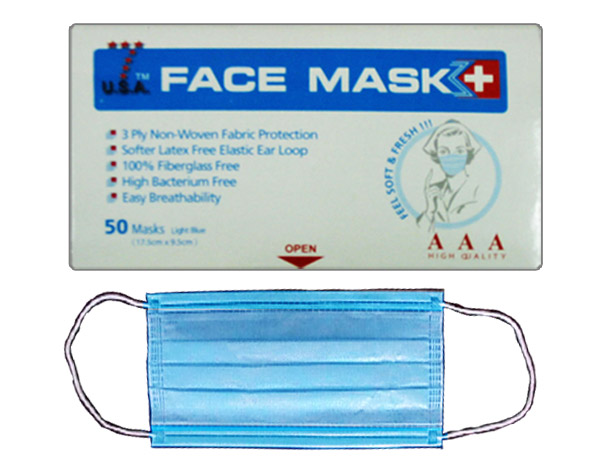 | 7 USA MEDICAL FACE MASKMedical Face Mask Feel Soft and Fresh. Filters Out Bacteria, Dust, Pollen, Smoke. 3Ply Non-Woven Fabric Protection. Softer latex Free Flastic Far... | |
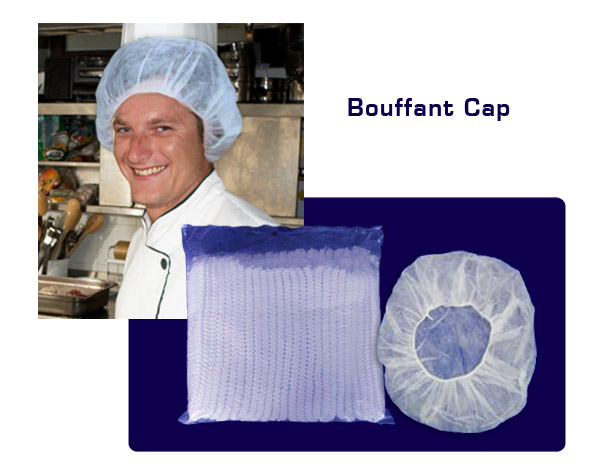 | Bouffant CapBouffant Cap. * Made of Spun Bond Polypropylene material * Effective particle containment * Manufactured and packed in clean controlled environment... |
Medical Host
Monday, April 19, 2010
products usa
Oxford Dictionary of Medical Quotations
Oxford Dictionary of Medical Quotations

Publisher: Oxford University Press, USA
Number Of Pages: 224
Publication Date: 2003-12-18
ISBN-10 / ASIN: 0192630474
ISBN-13 / EAN: 9780192630476
Binding: Hardcover
Product Description:
The Oxford Book of Medical Quotations presents a wonderfully entertaining and eclectic range of quotations covering all aspects of medicine through the ages. It couples profound statements from famous scientists with witty one-liners from the likes of Woody Allen and Spike Milligan. Packed with hundreds of quotations, it is a book that anyone in the medical profession, or with an interest in health, will find an invaluable source of reference hand considerable entertainment.
| Tags: Dictionary |
Friday, September 18, 2009
Medical Devices Companies
Life Sciences Layoffs Beginning to Spill Over To Medical Devices Companies
 Medtronics, the world's largest medical-device company, announced today that it will lay off 1,500-1,800 employees after posting a fiscal fourth-quarter profit that plunged 69 percent on slipping sales,restructuring and other charges. About 400 employees already have accepted buyout offers and will leave the company by the end of the month.
Medtronics, the world's largest medical-device company, announced today that it will lay off 1,500-1,800 employees after posting a fiscal fourth-quarter profit that plunged 69 percent on slipping sales,restructuring and other charges. About 400 employees already have accepted buyout offers and will leave the company by the end of the month.
Until now, the medical devices and diagnostic industries, unlike pharma and biotech had had remained unscathed by the current economic downturn. Medtronic’s financial woes are mainly a result of questions about its implantable devices which have come under fire recently because of safety concerns. Nevertheless, don’t be surprised if you see other medical devices and diagnostic companies begin to layoff workers as the financial crisis deepens and medical and healthcare costs continue to rise.
The Fine Line between Pharmaceutical Marketing and Medical Education
There was another article  in today’s New York Times lamenting the marketing practices utilized by drug companies to inform physicians about their products. While these practices may be troubling to legislators and the American public, everybody who works in the life sciences industry including regulatory agencies like the US Food and Drug Administration (FDA) understands the “rules of the game” and how it is played. However,
in today’s New York Times lamenting the marketing practices utilized by drug companies to inform physicians about their products. While these practices may be troubling to legislators and the American public, everybody who works in the life sciences industry including regulatory agencies like the US Food and Drug Administration (FDA) understands the “rules of the game” and how it is played. However,
over the past three years, there has been a full frontal assault on direct-to-consumer advertising and marketing and sales practices used by drug makers to hawk their products to physicians and the American public. This has largely been an over reaction to the lack of regulatory oversight of drug manufacturers during the Bush administration. The new regulations have severely limited what sales representatives can offer physicians e.g. gifts and free lunches and dinners, for more face time to sell their products. Consequently, the only means left available to drug makers to reach large numbers of physicians is marketing through medical education.
This is how it works. Companies annually budget monies to pay highly recognized physicians aka key opinion leaders (KOLs) to give lectures to physicians that might influence their prescribing habits. These lectures often take the form of informational seminars that focus on treatment options for certain therapeutic indications which often times subliminally highlight the advantages of the sponsor’s product over its competitors. Not surprisingly, the effectiveness and success of these programs is usually directly proportional to the sums of money invested in them. For example, in 2004, Forrest Laboratories (the subject of the NY Times article) planned on spending “$34.7 million to pay 2000 physicians to deliver 15,000 marketing lectures about Lexapro (an antidepressant) to their peers in one year.” The investment appears to have paid off; sales Lexapro reached $2.3 billion in 2008 even though a lower cost generic version of the drug is available. And, while the Forrest investment in medical education may appear to be a large one, it pales in comparison to the sums invested in medical education programs by much larger companies like Pfizer, Merck and others.
While certain members of Congress may be “shocked and outraged,” these practices are sanctioned by FDA. And, as long as drug makers are compliant and adhere to the rules they shouldn’t be faulted or penalized for their efforts. The point that I am trying to make is that drug makers, like all other for-profit entities, must maximize sales to generate sufficient profits remain in business. Therefore, it should come as no surprise to legislators or the American public for that matter, that drug makers use all legally available means to maximize the sale of their products. If Congress doesn’t like what drug makers are doing, then they ought to stop complaining and legislate changes to the rules. Put simply, it’s time for Congress to “put up or shut up.”
Friday, September 4, 2009
Medical Equipment
Medical Equipment
Lytron designs and manufactures custom and standard cooling systems, recirculating chillers, cold plates, and heat exchangers for cooling medical equipment.
 |
 |
 |
Today’s high-technology medical equipment requires effective cooling. As heat loads continue to increase, more and more OEM’s are turning to liquid cooling to remove high watt density heat loads for medical imaging equipment, medical lasers, and more. Recirculating chillers, liquid-to-liquid cooling systems, ambient cooling systems, cold plates, and heat exchangers are a few of the cooling technologies used in medical systems' liquid cooling loops.
Please contact Lytron at +1-781-933-7300 or email info@Lytron.com today for more information on medical equipment liquid cooling.Monday, July 13, 2009
medical
What You Learn Depends on What (and Whom) You Ask
September 11, 2008 By Steve Balch
 A study of graduating medical students sponsored by the Association of American Medical Colleges and just published in the Journal of the American Medical Association finds that white students who attended medical schools with greater ethnic diversity rate themselves as more highly prepared to care for minority patients. Score one for diversity’s status as a compelling state interest – or so its authors would have us believe.
A study of graduating medical students sponsored by the Association of American Medical Colleges and just published in the Journal of the American Medical Association finds that white students who attended medical schools with greater ethnic diversity rate themselves as more highly prepared to care for minority patients. Score one for diversity’s status as a compelling state interest – or so its authors would have us believe.Another group of potential respondents left silent by this study are those medical students who,
 admitted ill-prepared, fail to complete their degrees (or subsequently to pass their medical boards). If Richard Sanders’ research on preferential admits to law schools is applicable to the even more rigorous environment of medical education, the number of these must be substantial. How do they feel about their wasted years and expense?
admitted ill-prepared, fail to complete their degrees (or subsequently to pass their medical boards). If Richard Sanders’ research on preferential admits to law schools is applicable to the even more rigorous environment of medical education, the number of these must be substantial. How do they feel about their wasted years and expense?